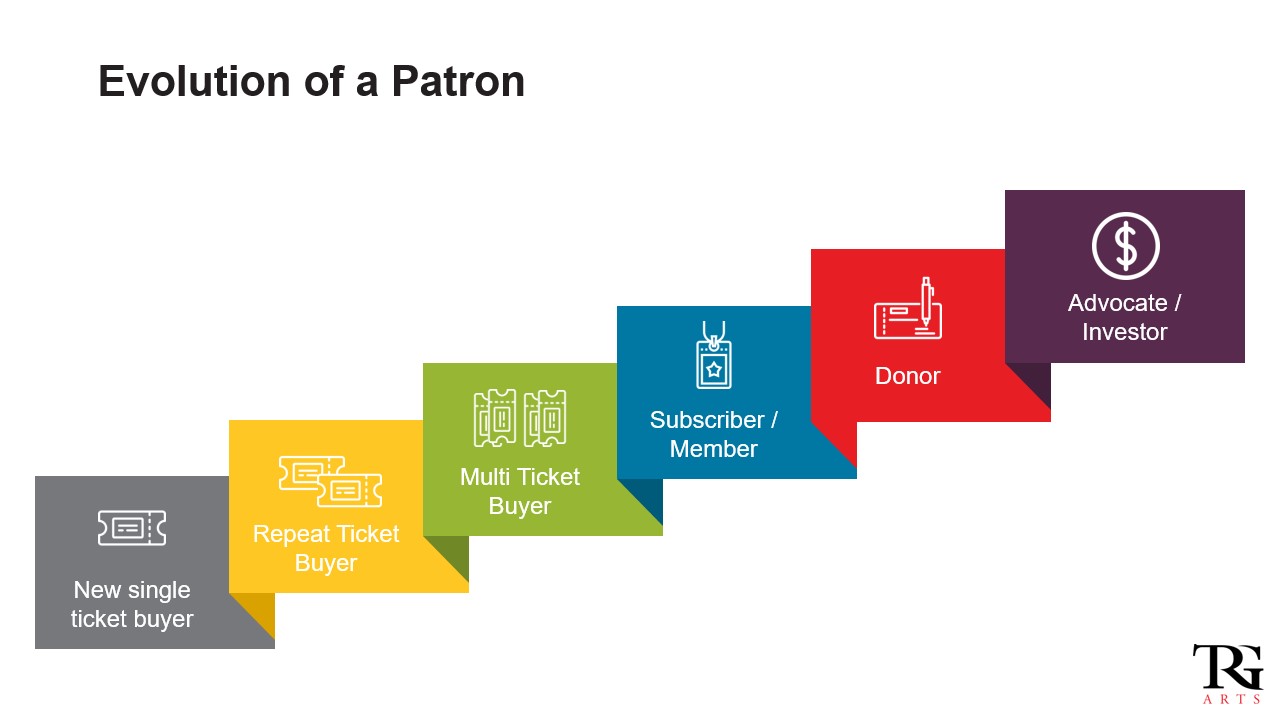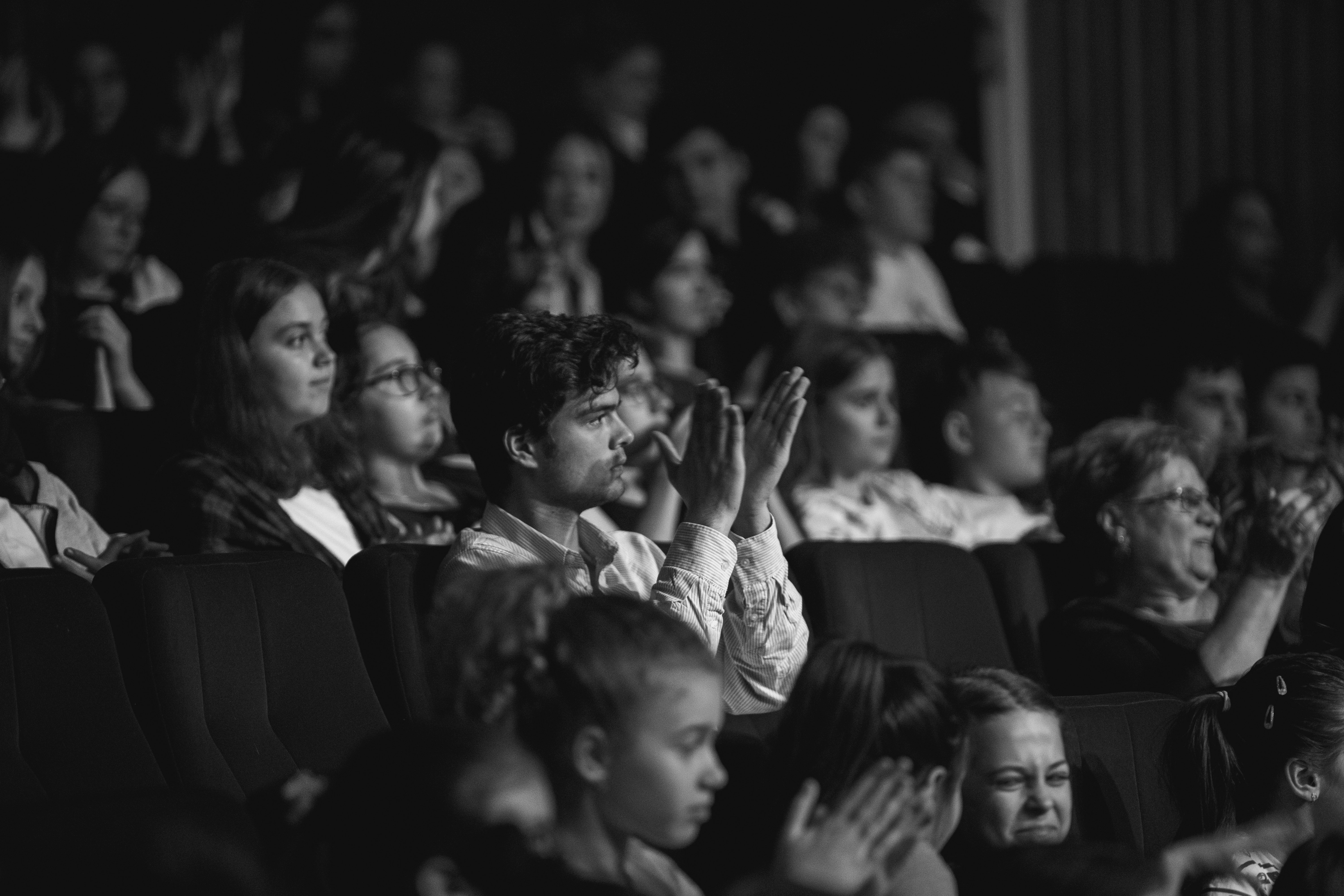February brings thoughts of love, but in the arts sector, how do we invest in the relationships that lovingly sustain our organizations? As we step through Valentine’s Day and deeper into 2025, two pressing questions are surfacing across the field:
1. How can we grow revenue quickly enough to keep pace with rising costs?
2. With fundraising still lagging behind pre-pandemic levels, how do we inspire more donors to give?
These challenges demand strategic action. But instead of searching for new audiences or quick fixes, the answer may lie closer than we think: love the ones you’re with.
The Data Behind Sustainable Growth
At TRG Arts, we’ve studied the organizations that rebounded the fastest from major financial crises—both after the 2008 recession and in the wake of the COVID-19 pandemic. The key factor that set them apart? They leaned into their existing audiences, prioritizing recency and frequency.
Rather than relying solely on acquiring new audiences, they strengthened their relationships with those already in their database. They moved patrons up the loyalty ladder, creating a sustainable foundation for both earned and contributed revenue.

This approach isn’t just a short-term fix—it’s a long-term strategy that builds resilience. Organizations that focus on recency (getting patrons back in the door) and frequency (encouraging repeat attendance) create a more engaged, financially stable audience base.
What Does This Mean for Arts Leaders?
For Marketing & Development Teams:
For Artistic & Executive Directors:
Investing in Loyalty for a Stronger Future
The arts sector is facing an uncertain fundraising landscape, with governmental support in question and donor behavior shifting. That’s why building sustainable revenue through audience loyalty is more critical than ever.
If you’re an artistic or executive leader looking to explore these strategies in depth, I invite you to join me and TRG CEO Jill S. Robinson at our Executive Summit in Colorado Springs, July 23-24. Limited spots remain—click below for more details.
And if you’d like to explore your organization’s specific challenges, I offer free consultation hours to brainstorm strategies with you. Let’s identify the gaps and build a plan to strengthen your revenue and audience relationships.


